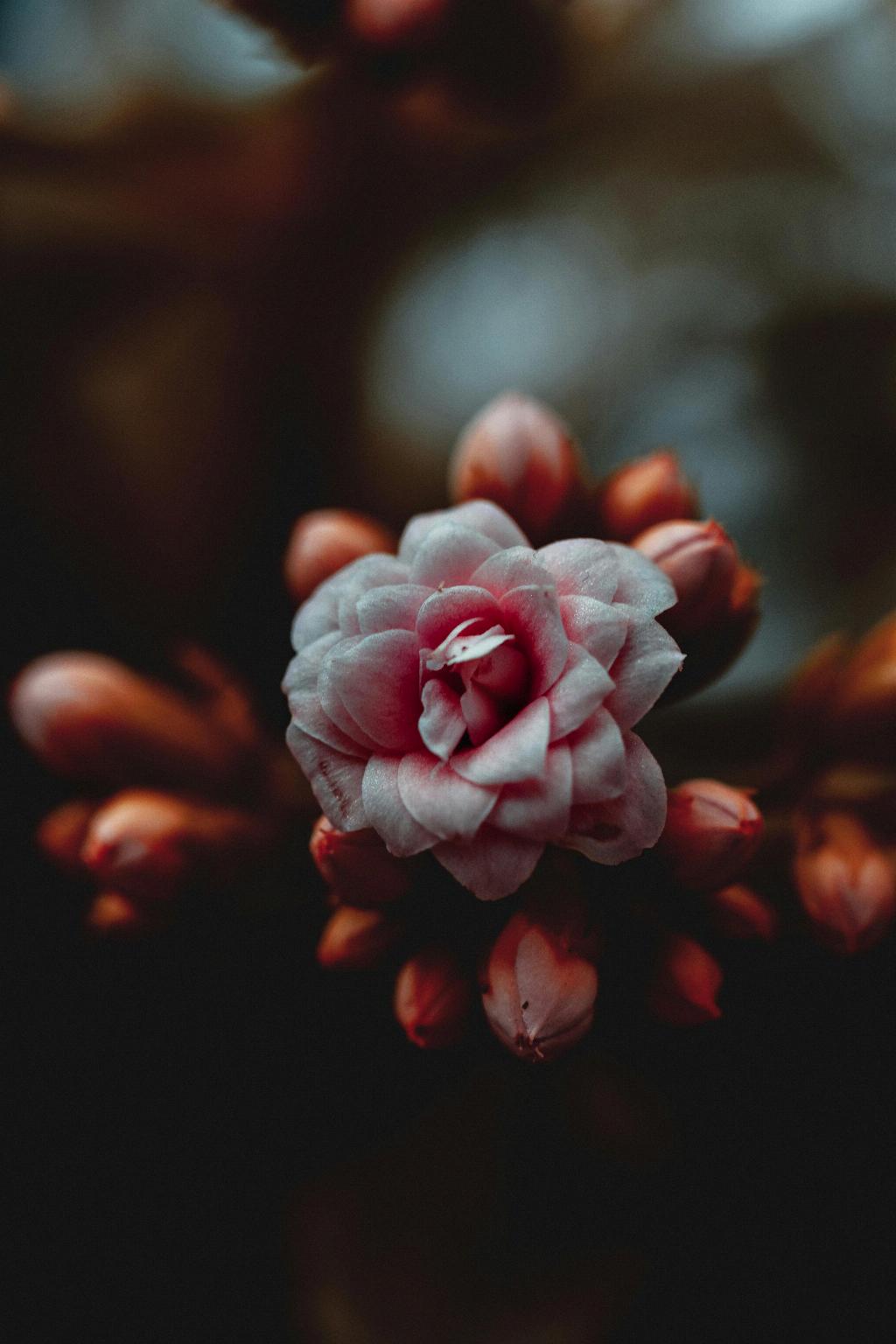If you’ve ever wanted to add a touch of drama and whimsy to your indoor gardening collection, Begonia maculata, commonly known as the Polka dot Begonia, might just be the plant you’re looking for. This striking species is famed not only for its eye-catching, dotted leaves but also for the lush ambiance it brings to any setting. Originating from the tropical forests of Brazil, Begonia maculata offers a vibrant contrast with its stark white spots against deep green foliage, topped with a reddish underside that seems to enhance its exotic allure.
Identifying Begonia Maculata: Key Characteristics
Spotting a Begonia maculata isn’t as tough as you might think! Look for its large, wing-shaped leaves which showcase a unique pattern of silvery-white polka dots. The leaves themselves can grow quite large—up to 20 cm in length—and their asymmetrical shape adds an intriguing visual texture to the plant’s profile. Seasonally, it blesses its owners with clusters of light pink flowers that dangle delicately, adding to its ornamental value. This distinctive appearance makes it a popular choice for those looking to inject a bit of nature’s spontaneity into their home décor.
Ideal Growing Conditions for Begonia Maculata
Thriving Begonia maculata starts with mimicking its natural, humid rainforest environment. A bright room, but not one with direct sunlight, will simulate the dappled light of its original setting. Consider using a well-draining potting mix, typical for epiphytes, and ensure the container has ample drainage holes. Room temperatures between 18°C to 25°C (64°F to 77°F) create an ideal climate. High humidity is a must; however, don’t let that deceive you into overwatering—aim for moist, not soggy, soil conditions.
Essential Care Tips for a Thriving Begonia Maculata
Caring for your Begonia maculata might seem a bit daunting at first, but worry not—it’s easier than it looks! Regular watering is crucial, though the ‘less is more’ approach applies here as waterlogged soil can lead to root rot. In terms of feeding, a balanced, water-soluble fertilizer every couple of weeks during the growing seasons of spring and summer will do the trick. Always remember to prune any dead or fading leaves to not only keep your Begonia looking its best but also to encourage healthier, more vigorous growth. Light and regular misting helps in maintaining the humidity level but avoid getting water on the leaves as this could lead to spots or fungal infections.
Common Issues and Solutions in Begonia Maculata Maintenance
Begonia maculata isn’t without its challenges. Watch out for signs of distress, such as droopy or discoloring leaves which could suggest improper watering habits, either too much or too little. Pests like spider mites and mealybugs are attracted to the Begonia, so regular inspections are crucial. Use insecticidal soap as a gentle remedy against infestations. If fungal issues arise, reducing moisture in the air and improving air circulation around your plant can be effective methods of prevention and remedy.
Propagation Techniques for Begonia Maculata
Propagation of Begonia maculata is a rewarding experience and isn’t too complicated. The simplest method is to use stem cuttings. Choose a healthy, non-flowering stem, cut a section with a few leaves on it, and allow it to dry out for a day to form a callus. Plant it in moist, well-draining soil or pop it into a jar of water. With some patience and care, roots should begin to develop in a few weeks, ready to be transplanted into soil.
Styling Your Space with Begonia Maculata
When it comes to styling, Begonia maculata can be a focal point or a complimentary accent in your home or office. Its height and leaf patterning make it ideal for floor planters in corners or large desk pots. The red underside of its leaves offers a delightful surprise element, especially when placed in hanging baskets or on elevated shelves where it can cascade gracefully. Complement its lush greenery with minimalist, neutral-colored pots to let the vivid patterns of the foliage truly stand out.
The Ecological Impact of Begonia Maculata
This houseplant does more than just beautify your space; it can also contribute to a healthier indoor air climate. Like many houseplants, Begonia maculata aids in reducing indoor pollutants such as benzene and formaldehyde. While it’s not a major player in large-scale ecological balance, its role in a micro-environment like your home or office can be quite significant in contributing to a more sustainable and wellness-focused lifestyle.
Top FAQs About Growing and Caring for Begonia Maculata
How often should I water my Begonia maculata?
Aim to keep the soil consistently moist, but not waterlogged. Depending on the humidity and temperature, this might mean watering once a week or less.
Does Begonia maculata need direct sunlight?
No, it prefers indirect, bright light. Too much direct sun can scorch the leaves, while too little light can cause weak growth and few flowers.
Is Begonia maculata suitable for beginners?
Yes, with a bit of basic care knowledge, beginners can find success growing Begonia maculata. It’s forgiving and can bounce back if you correct care mistakes promptly.

Conclusion: The Joy of Cultivating Begonia Maculata
Ultimately, nurturing a Begonia maculata is a delightful endeavor that brings beauty and a sense of achievement. Whether you’re a novice looking for a challenging yet manageable plant, or a seasoned green thumb looking for something unique, Begonia maculata offers a blend of both worlds. As you watch your Polka dot Begonia thrive and grow, it’s a constant reminder of the wonders of nature and the rewards of attentive plant care. Happy gardening!
